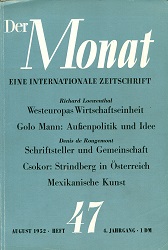
DER MONAT. 04. Jahrgang 1952 Nummer 47
Please download the Table of Content which you find below to see en détail what you can find in this issue Thank you.
More...We kindly inform you that, as long as the subject affiliation of our 300.000+ articles is in progress, you might get unsufficient or no results on your third level or second level search. In this case, please broaden your search criteria.

Please download the Table of Content which you find below to see en détail what you can find in this issue Thank you.
More...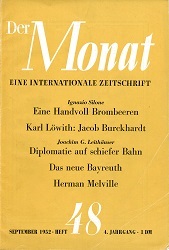
Please download the Table of Content which you find below to see en détail what you can find in this issue Thank you.
More...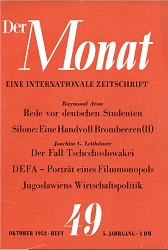
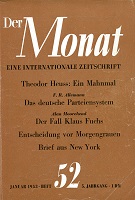
Please download the Table of Content to see en détail what you can find in this issue. Thank you.
More...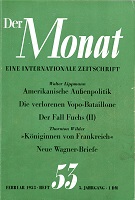
Please download the Table of Content to see en détail what you can find in this issue. Thank you.
More...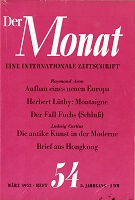
Please download the Table of Content to see en détail what you can find in this issue. Thank you.
More...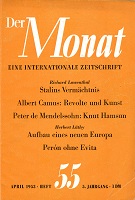
Please download the Table of Content to see en détail what you can find in this issue. Thank you.
More...
Please download the Table of Content to see en détail what you can find in this issue. Thank you.
More...
Please download the Table of Content to see en détail what you can find in this issue. Thank you.
More...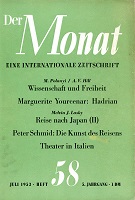
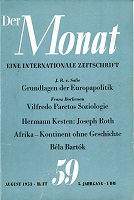
Please download the Table of Content to see en détail what you can find in this issue. Thank you.
More...
Please download the Table of Content to see en détail what you can find in this issue. Thank you.
More...
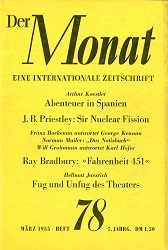
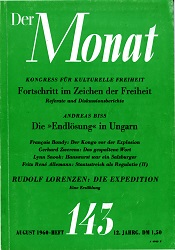
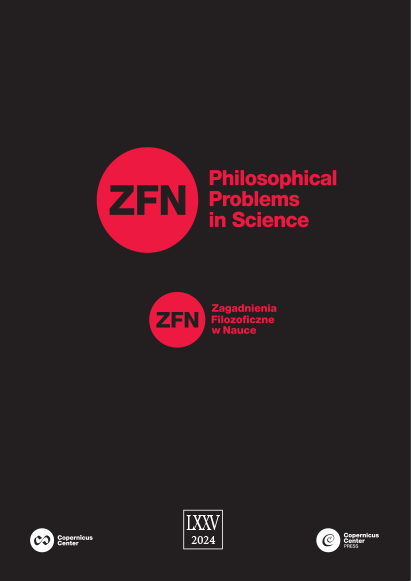
This paper discusses the concept of information formulated by Michael (Michał) Heller. Heller—a philosopher, theoretical physicist, cosmologist, and theologian—provided a complex image of information and its role in nature, which is rarely found in studies of information. Heller posited that the laws of nature may be interpreted as information, or as providing information, presenting this as a complementary view to scientific structuralism (not discussed in this paper). According to Heller, the informational content of a structure in nature is inversely proportional to that structure’s degree of freedom. The more constrained or complex a structure is, and the less likely it is to exist, the more information it contains. In Heller’s view, the concept of information in Shannon’s Theory of Communication (ToC) is inadequate for expressing the notion of information beyond a numerical measure of a signal structure. Information in Heller’s research closely aligns with the concepts of Jacquette’s and Perzanowski’s combinatorial ontology (concepts not discussed in this paper) and the general theory of information (GTI) of Mark Burgin, although Heller did not explicitly make these connections.
More...
In the 1980s, computer-aided experimental research became standard in the majority of leading research laboratories. Unfortunately, this shift was not adequately reflected in the professional literature related to the philosophy and methodology of science. A new experimentalism did emerge, aimed at adequately describing experimental practice (to be discussed in the first part of this article); however, in its initial phase, it failed to consider the role of computers in experimental research (discussed in the second part). This oversight by the philosophers of science, the proponents of the new experimentalism, is significant and calls for supplementation (addressed in the fourth part). By the turn of the 20th and 21st centuries, there were numerous philosophical analyses related to computer experiments, such as computer simulations. However, this article focuses only on classic experiments facilitated by various computer systems (e.g., LHC at CERN). In the final part of this article, I will present examples of aspects of experimental work that have not yet been analyzed and could potentially enhance new experimentalism with insights from computer-aided experiments.
More...
Although many information system ontologies (ISOs) claim to be parsimonious, the notion of parsimony seems to influence the debate on ISOs only at the level of vague and uncritical assumption. To challenge this trend, the paper aims to clarify what it means for ISOs to be parsimonious. Specifically, section 2 shows that parsimony in computer science generally concerns software design and, together with elegance, is one of the two aspects of the broader notion of simplicity. Section 3 transforms the main claims of parsimony in software design into claims about the content of ISOs, the combination of which is hereafter called “parsimony of content”—where “content” refers only to the content of ISOs. Sections 4-7 discuss the application of this parsimony to the design of ISOs, and outline different kinds (and combinations) of parsimony of content. Finally, section 8 considers whether parsimony of content could provide some criteria both for selecting and/or classifying the contents of ISOs and for choosing between different and equally consistent ISOs.
More...
The introduction of the concept of the field of rationality and its correlates (the field of potentiality and the formal field) by Józef Życiński and Michał (Michael) Heller opened up space for the philosophical explanation of the unreasonable effectiveness of mathematics in capturing regularities built into the physical reality. The presented study is a response to the clear incentive of these authors towards the development of the understanding and applicability of these concepts. It is argued that identifying symmetries within the field of rationality not only helps to articulate the fundamental role of symmetries in physics but also provides a better grasp on the issue of potentialities for the emergence of complexity in the Universe. Additionally, some global properties of this field can be more deeply comprehended. By indicating the drawbacks and limitations of this approach, perspectives for further inquiry into the meaning and usefulness are suggested.
More...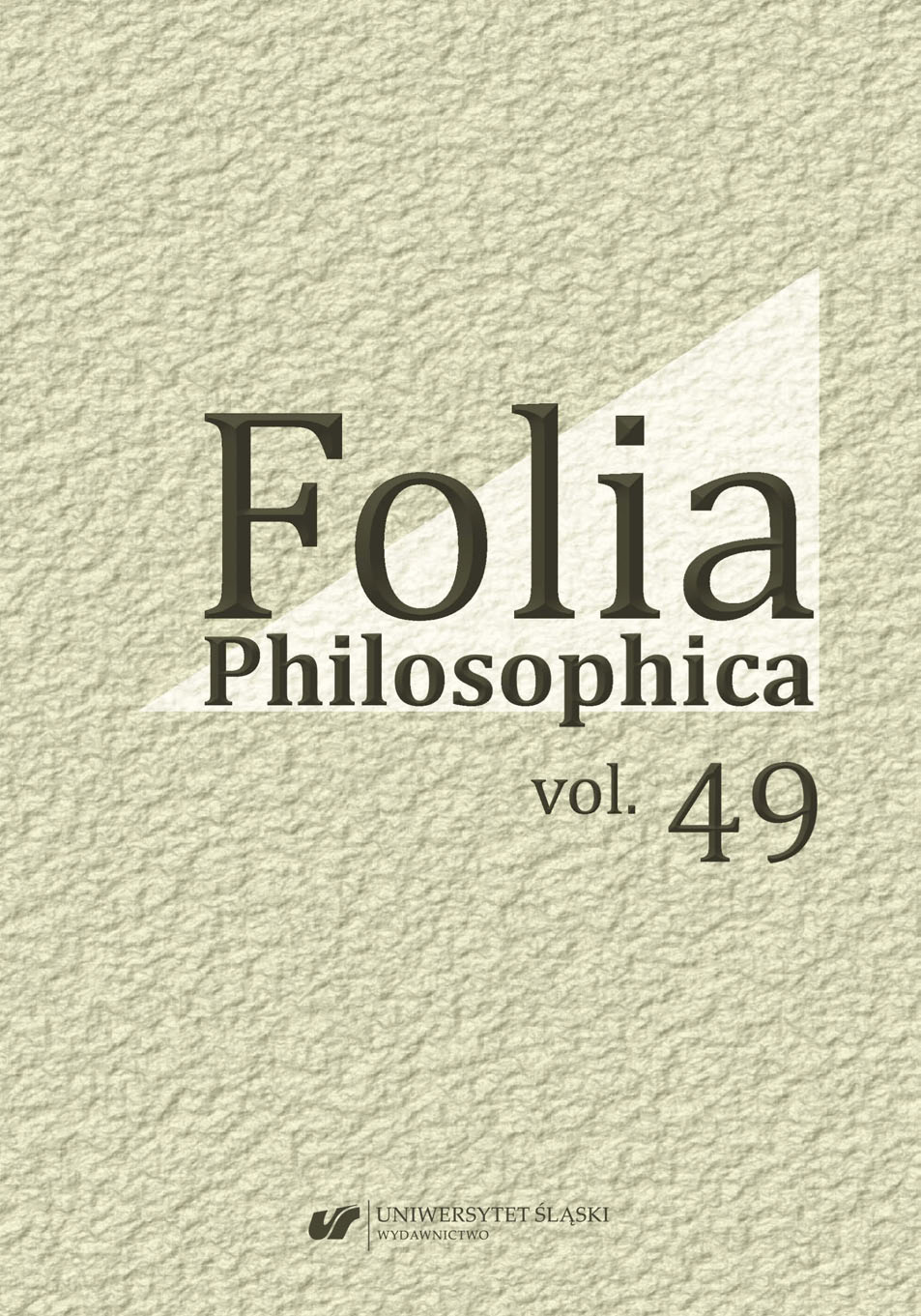
This paper discusses the notion of the ‘phenomenological world’ and the problems it generates in the ‘hard’ paradigm of Husserl’s phenomenology, such as the lack of universality and intersubjectivity of this world, its closure and privacy, and its being only the personal world of a subject. Also, an attempt was made to show some of the sources of this problematic situation and the impossibility of solving it in a fundamentalist paradigm. It is only in the last period of the development of Husserl’s phenomenology (the so-called period of the Crisis) that these problems find their satisfactory solution.
More...